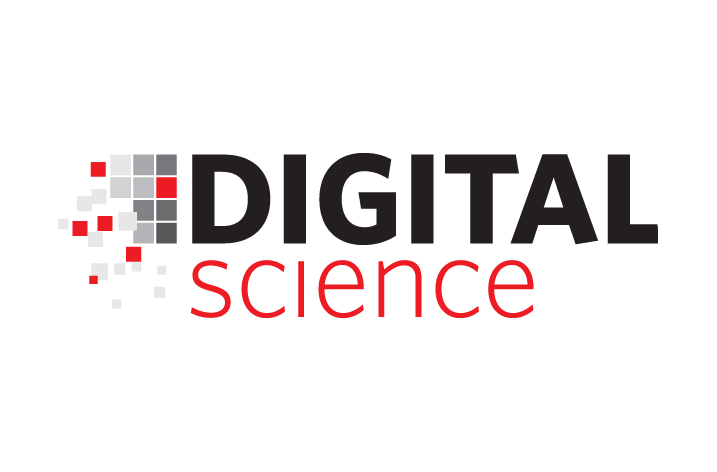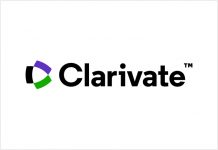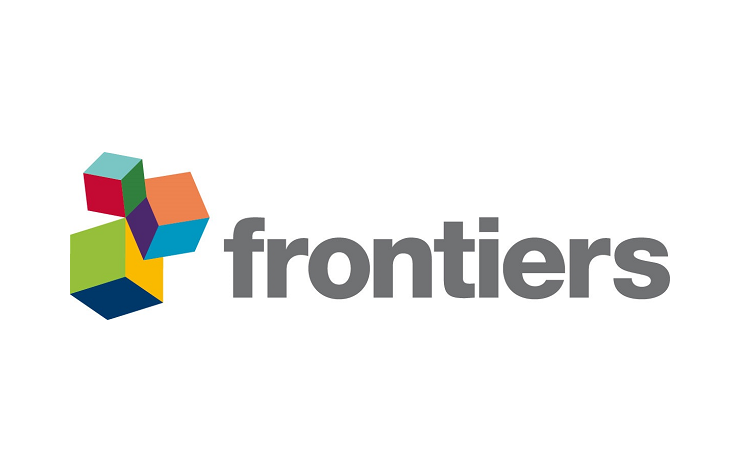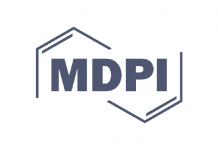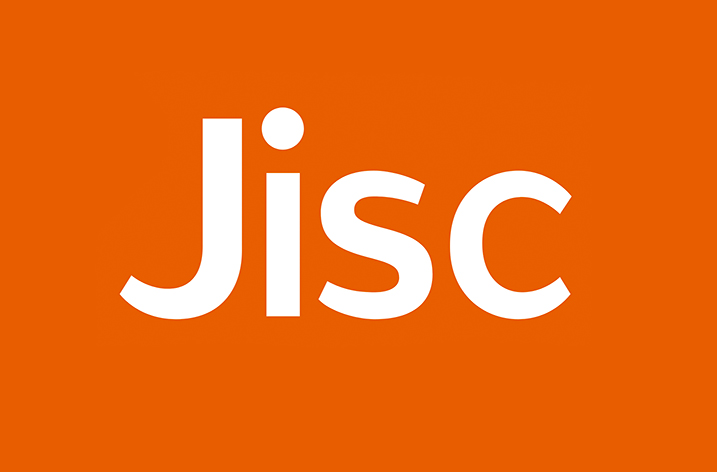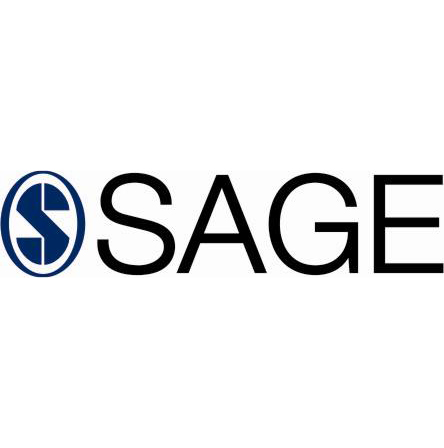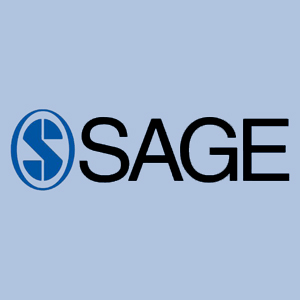SAGE will begin publishing Australian and New Zealand Journal of Psychiatry and Australasian Psychiatry from 2012 on behalf of The Royal Australian and New Zealand College of Psychiatrists (RANZCP).
The Australian and New Zealand Journal of Psychiatry is a leading monthly, peer-reviewed journal. It publishes original articles and reviews that detail findings from local and international research and reports the opinions and views of psychiatrists relating to the science of psychiatry. It provides an important forum for scientific debate and the articulation of views from both academics and clinicians
Australasian Psychiatry is a bi-monthly, peer reviewed journal that promotes the art of psychiatry and its maintenance of excellence in practice through lively and informed discussions about issues relevant to the practice of psychiatry which include, but are not restricted to, articles about psychiatric treatments, innovative service developments, cultural issues, the history of psychiatry, ethics and the humanities.
“SAGE could not be more pleased to welcome these two prestigious journals from The Royal Australian and New Zealand College of Psychiatrists into our successful and continuously growing Psychiatry list” said Karen Phillips, Editorial Director, SAGE. “We pride ourselves on the dissemination of important research and know that the influential articles contained in these journals will be of great benefit to those working within this field. We look forward to further developing these key publications.”
“The Royal Australian and New Zealand College of Psychiatrists takes great pride in its leading psychiatry journals, the Australian and New Zealand Journal of Psychiatry and Australasian Psychiatry, and looks forward to partnering with SAGE to further develop the journals to contribute to the body of literature and expand the existing knowledge about psychiatry,” said Dr Maria Tomasic, President of The Royal Australian and New Zealand College of Psychiatrists. “Mental illness is a major concern in our community and psychiatric research publication is essential to improving the lives of those living with mental illness.”



